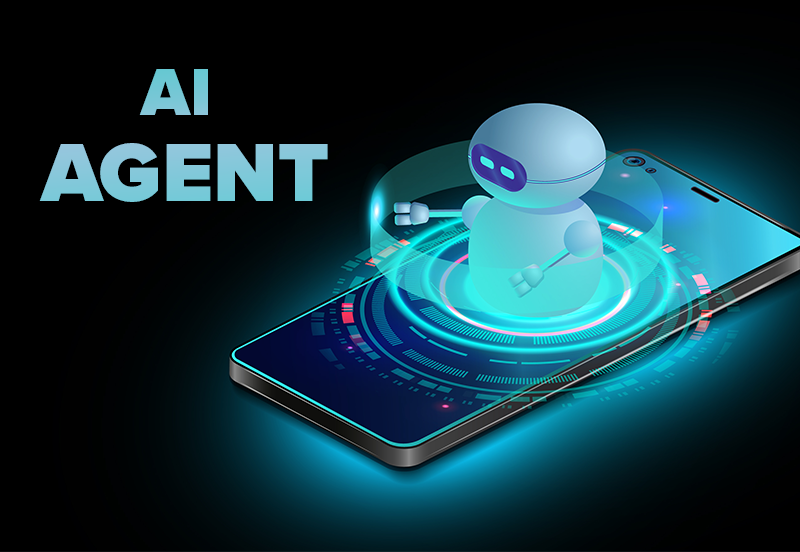How to Build Your Own AI Agent

Artificial Intelligence (AI) has moved from being a buzzword to becoming an essential part of business operations. One of its most practical applications is the AI agent — a smart assistant that can automate tasks, interact with users, and make data-driven decisions.
In this guide, we’ll explore how to build your own AI agent step by step, so you can use it to automate processes, boost engagement, and scale your business efficiently.
What is an AI Agent?
An AI agent is a software program that uses artificial intelligence to perform tasks, interact with humans or systems, and adapt its behavior based on data.
Examples include:
- Chatbots for customer service
- Virtual assistants like Alexa or Siri
- Sales and lead-generation bots
- Workflow automation agents for businesses
Why Build Your Own AI Agent?
Creating your own AI agent gives your business unique advantages:
- Automation – Eliminate repetitive tasks and save time.
- Engagement – Offer personalized, real-time user interactions.
- Scalability – Handle thousands of users at once.
- Efficiency – Reduce costs while increasing productivity.
- Customization – Build features tailored to your specific goals.
Step 1: Define the Purpose of Your AI Agent
Ask yourself: What problem do I want my AI agent to solve?
- Customer support → A chatbot that answers FAQs
- Sales → A lead qualification bot
- Productivity → An internal workflow automation assistant
- Having a clear objective makes development easier.
Step 2: Pick the Right Tools and Frameworks
You don’t need to start from scratch — several platforms help you build AI agents:
- OpenAI API (ChatGPT) → For conversational agents
- LangChain → To connect large language models with workflows
- Rasa → Open-source framework for building custom chatbots
- Dialogflow → Google’s NLP platform for chat and voice agents
- Microsoft Bot Framework → Enterprise-grade solution
Step 3: Train Your AI Agent
- Training is key for accuracy and relevance. You can:
- Upload FAQs or knowledge bases
- Integrate product/service details
- Use APIs for real-time data (e.g., weather, CRM, inventory)
- Fine-tune models with industry-specific content
Step 4: Design Workflows and Conversations
Map the user journey:
- Greeting → Identify issue → Provide solution → Follow-up
- Always add fallback responses like: “I didn’t catch that, can you rephrase?” to keep the experience smooth.
Step 5: Test and Optimize
Run your AI agent with a small user group. Track metrics such as:
- Response accuracy
- Customer satisfaction
- Task completion rates
- Error frequency
- Then refine the agent based on feedback.
Step 6: Deploy and Integrate
Once optimized, connect your AI agent with the right channels:
- Website chat widget
- WhatsApp, Messenger, Telegram
- CRM or sales software
- Internal apps for productivity
- Challenges to Expect
- Data privacy compliance (GDPR, CCPA)
- Costs of scaling AI models
- Maintaining user trust (transparency is key)
- Regular updates to keep the agent effective
Final Thoughts
Knowing how to build your own AI agent empowers you to automate workflows, engage customers, and grow your business. Start small, refine continuously, and expand as your needs evolve.
The future belongs to businesses that leverage AI — and building your own AI agent is the perfect first step.
